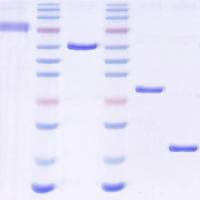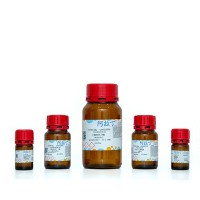Nanoparticle Therapeutics: FDA Approval, Clinical Trials, Regulatory Pathways, and Case Study
互联网
742
The approval of drugs for human use by the US Food and Drug Administration (FDA) through the Center for Drug Evaluation and Research (CDER) is a time-consuming and expensive process, and approval rates are low (DiMasi et al., J Health Econ 22:151–185, 2003; Marchetti and Schellens, Br J Cancer 97:577–581, 2007). In general, the FDA drug approval process can be separated into preclinical, clinical, and postmarketing phases. At each step from the point of discovery through demonstration of safety and efficacy in humans, drug candidates are closely scrutinized. Advances in nanotechnology are being applied in the development of novel therapeutics that may address a number of shortcomings of conventional small molecule drugs and may facilitate the realization of personalized medicine (Ferrari, Curr Opin Chem Biol 9:343–346, 2005; Ferrari, Nat Rev Cancer 5:161–171, 2005; Ferrari and Downing, BioDrugs 19:203–210, 2005). Appealingly, nanoparticle drug candidates often represent multiplexed formulations (e.g., drug, targeting moiety, and nanoparticle scaffold material). By tailoring the chemistry and identity of variable nanoparticle constituents, it is possible to achieve targeted delivery, reduce side effects, and prepare formulations of unstable (e.g., siRNA) and/or highly toxic drugs (Ferrari, Curr Opin Chem Biol 9:343–346, 2005; Ferrari, Nat Rev Cancer 5:161–171, 2005; Ferrari and Downing, BioDrugs 19:203–210, 2005). With these benefits arise new challenges in all aspects of regulated drug development and testing.
This chapter distils the drug development and approval process with an emphasis on special considerations for nanotherapeutics. The chapter concludes with a case study focused on a nanoparticle therapeutic, CALAA-01, currently in human clinical trials, that embodies many of the potential benefits of nanoparticle therapeutics (Davis, Mol Pharm 6:659–668, 2009). By choosing CALAA-01, reference is made to the infancy of the therapeutic nanoparticle field; in 2008, CALAA-01 was the first targeted siRNA nanoparticle therapeutic administered to humans. Certainly, there will be many more that will follow the lead of CALAA-01 and each will have its own unique challenges; however, much can be learned from this drug in the context of nanotherapeutics and the evolving development and approval process as it applies to them.









